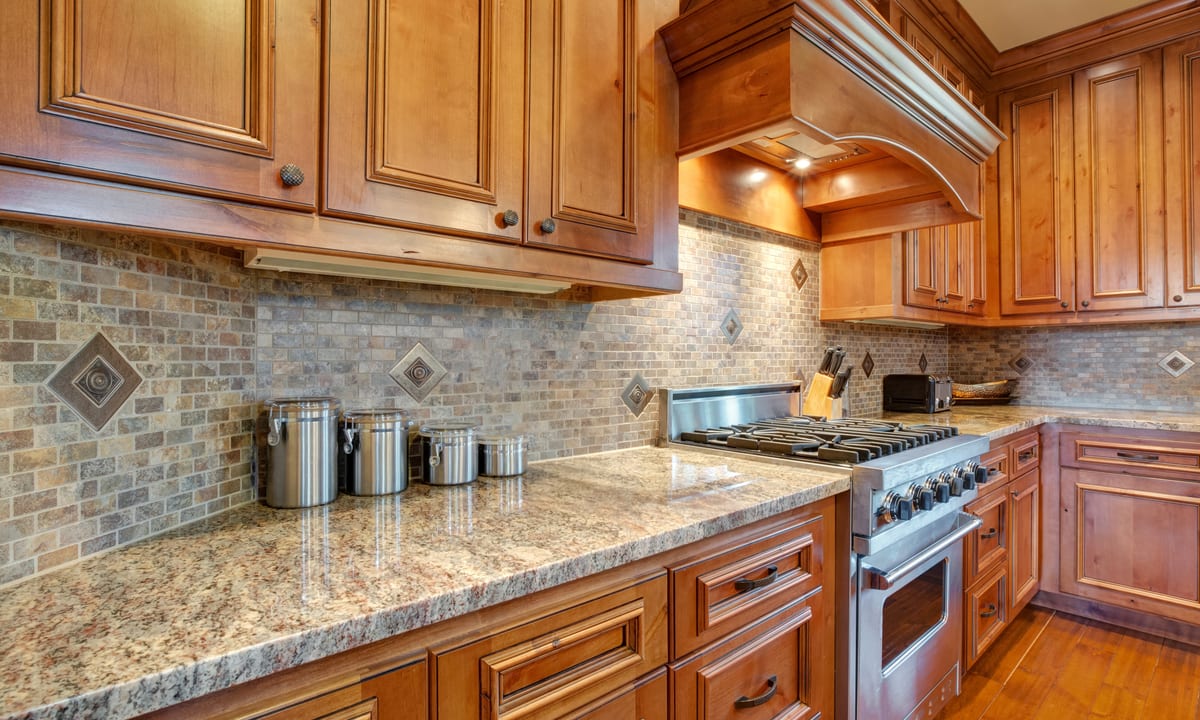Common Questions About Cabinets: Everything You Need to Know in 2025
Cabinets are fundamental to the functionality and aesthetics of kitchens, bathrooms, and many other spaces within a home. In 2025, with evolving design trends and advancements in materials, understanding the nuances of cabinet selection, installation, and maintenance is more important than ever. Whether you're renovating your kitchen, building a new home, or simply looking to upgrade your storage solutions, this guide will answer common questions about cabinets, providing you with the knowledge to make informed decisions and achieve the perfect cabinet solution for your needs.

What are the Different Types of Cabinets?
Cabinets come in numerous varieties designed for specific purposes and environments. Base cabinets are floor-mounted units commonly found in kitchens, typically measuring 24 inches deep and 34.5 inches high. Wall cabinets hang above countertops or floors, providing elevated storage solutions. Tall cabinets, also known as pantry or utility cabinets, extend from floor to ceiling, offering maximum vertical storage capacity. Specialty cabinets include corner units, which utilize challenging space efficiently, and modular cabinets that can be customized and reconfigured based on specific needs.
What Materials are Cabinets Made Of?
Cabinet materials significantly impact durability, appearance, and price. Wood remains the most popular choice, with options ranging from budget-friendly particleboard to premium hardwoods like oak, maple, and cherry. Laminate cabinets offer a cost-effective alternative, featuring a synthetic coating over compressed wood materials. Metal cabinets, typically constructed from stainless steel or aluminum, provide industrial-strength durability and are ideal for garage, workshop, or commercial environments. Plastic and resin cabinets offer lightweight, moisture-resistant solutions for outdoor or high-humidity spaces.
How Do I Choose the Right Cabinet Style?
Selecting the appropriate cabinet style involves considering functionality, aesthetic preferences, and environmental context. Traditional styles feature ornate details and raised panel designs, suitable for classic interior settings. Modern cabinets emphasize clean lines, minimalist profiles, and sleek finishes. Transitional styles blend traditional and contemporary elements, offering versatile design potential. Consider factors like handle placement, color scheme, and overall room design when making your selection. Measure available space carefully and evaluate storage requirements before committing to a specific style.
What are the Standard Cabinet Sizes?
Standard cabinet dimensions vary depending on intended use and location. Kitchen base cabinets typically measure 24 inches deep and 34.5 inches high, with widths ranging from 12 to 48 inches. Wall cabinets usually stand 12 to 42 inches tall and 12 to 36 inches wide. Bathroom vanity cabinets generally measure 21 inches deep and 32 to 36 inches high. Custom sizes are available for specialized storage needs, allowing maximum flexibility in design and space utilization.
How Much Do Cabinets Cost?
Cabinet pricing varies widely based on material, size, and complexity. Here’s a general cost breakdown:
| Cabinet Type | Price Range | Material Characteristics |
|---|---|---|
| Budget Laminate | $50-$200 per linear foot | Particleboard, synthetic coating |
| Mid-Range Wood | $200-$500 per linear foot | Solid wood, standard finishes |
| High-End Custom | $500-$1,200 per linear foot | Premium hardwoods, intricate designs |
Prices, rates, or cost estimates mentioned in this article are based on the latest available information but may change over time. Independent research is advised before making financial decisions.
Conclusion
Understanding cabinet types, materials, styles, sizes, and pricing helps consumers make informed storage solutions. By carefully evaluating your specific needs and budget, you can select cabinets that provide both functional efficiency and aesthetic appeal.




